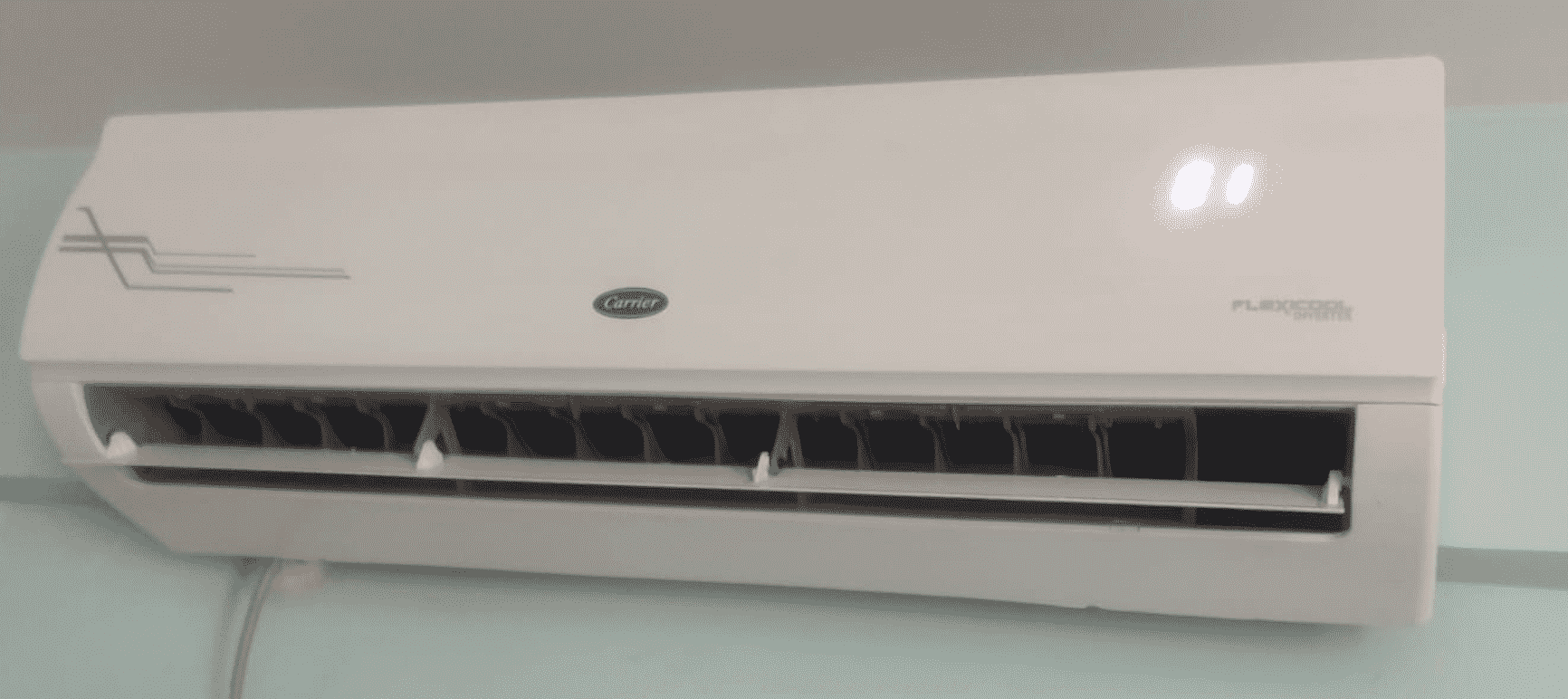CARRIER’s Eco or energy-saving mode is a feature designed to enhance energy efficiency, primarily in the cooling mode. This mode automatically adjusts the temperature and fan speed to maintain a comfortable environment while minimizing energy consumption, making it a valuable tool for homeowners looking to reduce their energy costs and environmental impact.
Understanding CARRIER’s Eco or Energy-Saving Mode
When in COOLING mode, pressing the ECO/GEAR button on the remote controller will activate the Eco or energy-saving mode. This mode operates by automatically maintaining the temperature between 75°F and 86°F and setting the fan speed to Auto. This strategy is part of CARRIER’s commitment to energy efficiency and sustainable solutions, which can help reduce energy consumption and costs for homeowners.
The ECO/Gear Function and Settings

The ECO/Gear function on CARRIER air conditioners offers three distinct settings: ECO, 75%, and 50%. These settings correspond to different levels of electrical consumption, with ECO using the least electricity and 50% using the most. This allows users to balance energy efficiency and cooling performance based on their specific needs and preferences.
| Setting | Electrical Consumption |
|---|---|
| ECO | Least |
| 75% | Moderate |
| 50% | Most |
By selecting the appropriate setting, homeowners can optimize their energy savings while maintaining a comfortable indoor environment.
How CARRIER’s Energy-Saving Mode Works
CARRIER’s energy-saving mode operates by stopping the compressor when the desired temperature is reached, and then periodically turning the fan on to check if more cooling is needed. This strategy is designed to maintain a comfortable temperature while minimizing energy consumption.
The specific steps involved in the energy-saving mode are as follows:
- Temperature Monitoring: The air conditioner continuously monitors the indoor temperature and compares it to the set point.
- Compressor Cycling: When the desired temperature is reached, the compressor is stopped, and the fan is turned off.
- Fan Intermittency: The fan is periodically turned on (typically every few minutes) to check if the temperature has risen above the set point.
- Cooling Resumption: If the temperature has risen above the set point, the compressor is restarted to provide additional cooling.
This cycle of compressor cycling and fan intermittency helps to maintain the desired temperature while reducing energy consumption compared to continuous compressor operation.
Factors Affecting Energy-Saving Mode Effectiveness
It is important to note that the effectiveness of energy-saving modes can depend on various factors, such as room size, insulation, and outdoor temperature. To optimize energy savings and cooling performance, it is recommended to consider the following best practices:
- Room Size and Insulation: Ensure that the air conditioner is properly sized for the room or area being cooled. Poorly insulated spaces may require more energy to maintain the desired temperature, reducing the effectiveness of the energy-saving mode.
- Outdoor Temperature: The outdoor temperature can significantly impact the air conditioner’s energy consumption. During periods of high outdoor temperatures, the energy-saving mode may not be as effective in maintaining a comfortable indoor environment.
- Occupancy Patterns: Adjust the temperature set point based on occupancy patterns. When the room is unoccupied, consider raising the set point to further reduce energy consumption.
- Targeted Cooling: For specific cooling needs, consider using window or portable air conditioning units instead of a central system. These targeted solutions can be more energy-efficient in certain scenarios.
- Regular Maintenance: Ensure that the air conditioner is regularly maintained, including cleaning the filters and coils. Proper maintenance can improve the system’s efficiency and extend its lifespan.
By considering these factors and following best practices, homeowners can optimize the energy savings and cooling performance of their CARRIER air conditioners equipped with the Eco or energy-saving mode.
Conclusion
CARRIER’s Eco or energy-saving mode is a valuable feature that can help homeowners reduce their energy consumption and costs while maintaining a comfortable indoor environment. By understanding how this mode works, the available settings, and the factors that can affect its effectiveness, homeowners can make informed decisions and maximize the benefits of this energy-efficient feature.
Remember, the key to optimizing energy savings and cooling performance is to consider the specific characteristics of your home, occupancy patterns, and outdoor conditions. By following best practices and regularly maintaining your CARRIER air conditioner, you can enjoy the benefits of energy-efficient cooling and contribute to a more sustainable future.
